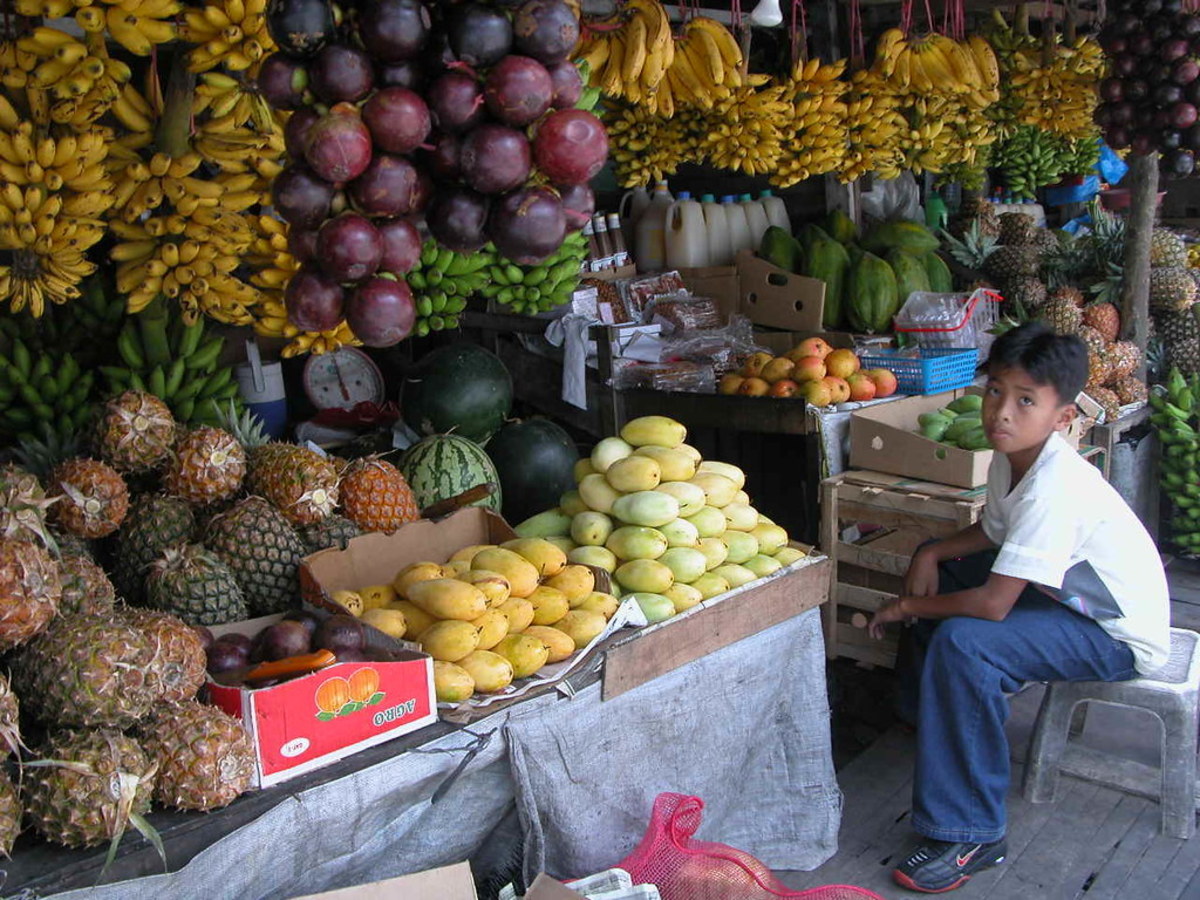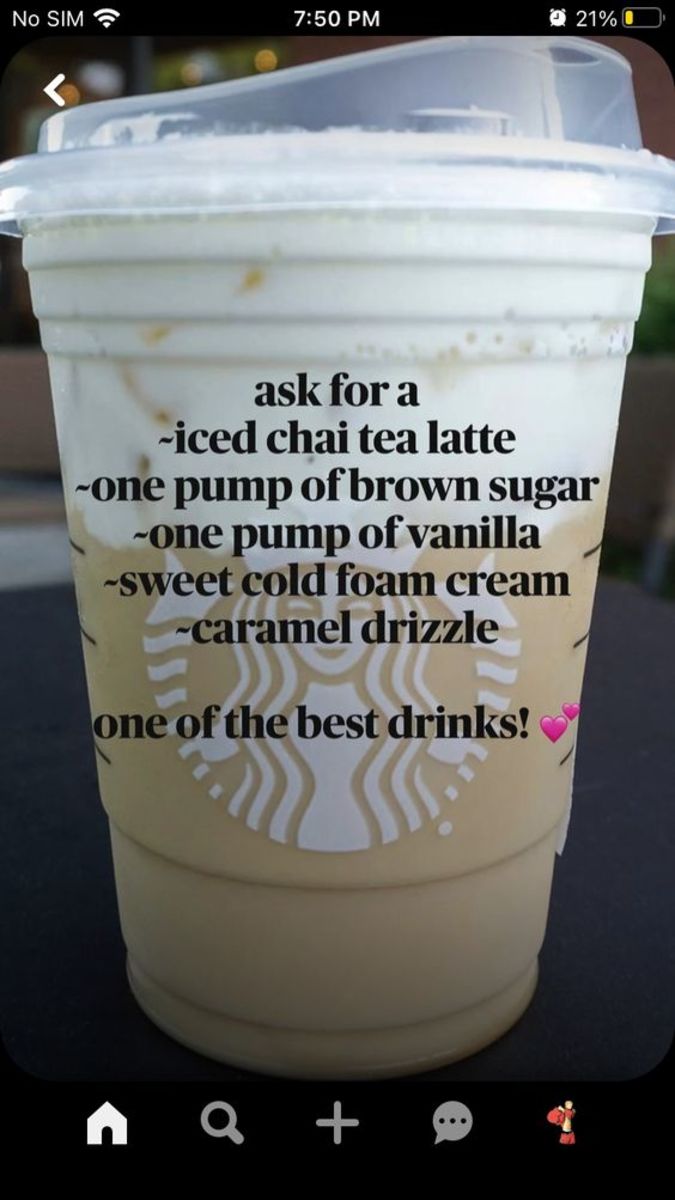How can you decrease the amount of salt intake in your diet
In general we eat a lot more salt than we should. Guidelines say your body only needs 1 to 2 grams of salt per day. Most health institutions advice you not to consume any more than 6 grams of salt per day. The average daily consumption of people in Western countries is at 9 to 10 grams per day though. Too much salt in your diet can cause high blood pressure, and this in turn increases your risks of suffering from heart disease. Or, more accurately, the sodium in the salt will can cause high blood pressure. If you take 1 gram of normal salt, it consists of 400mg sodium and 600mg chloride. But it is very hard to control your salt intake, as salt is present in almost everything we eat. Here are some great tips to help you with the reduction of salt in your diet.
Most of our salt intake comes from food we eat every day. Ready-made meals contain a high amount of salt, but salt is also present in bread, cheese, soup, meat, fish and much more. You might think your food will be bland if you do not add salt. But if you slowly reduce your salt intake, you won’t notice the difference too much, and you will get used to it quickly. Afterwards your taste buds will be more sensitive to salt, and you will need a lot less salt to get the same taste effect. Plus you will realise you will taste other flavours better and you won’t need as much salt as before to enjoy your meal.
Some easy tips to reduce dietary salt intake
- Do not add extra alt to your food. Try and add some spice to enhance the taste instead. Garlic can be very nice in some meals, or you can try to add paprika powder and pepper to give the taste of your dish a boost.
- Take a bite to try your food before you add extra salt. It might not be needed and might already taste good without the extra salt.
- Do not use bouillon or stock in cooking, as this usually contains a lot of salt. The same goes for salty sauces like maggi and ketjap. If you really do need it, try and half the amount you would usually use.
- Limit or eliminate the amount of salty snacks you eat. Like for example crisps and salted nuts.
- When you check the labels of food in the supermarket, make sure whether it says the amount of salt, or the amount of sodium. Because when it says 1 gram of sodium, that means 2.5 grams of salt, as sodium is just a part of the minerals that make up salt.
- Try to avoid using processed foods as much as possible. It is much nicer to cook your dishes with fresh vegetables and it will reduce your salt intake heaps.
- You could opt to use a special brand of salt, low in sodium. But be careful with these if you have high blood pressure or heart problems. These sodium-low salts are usually very high in chloride, which can be bad for heart patients.
- Eat a lot of fruit and vegetables. They contain chloride, and this will balance out the excess sodium and help lower your blood pressure.
- If you eat a lot of bread, this can be a large source of salt for you. There are some low-sodium breads available, but they can be a bit funny in taste. If you toast them though, that should be fine and it will taste like any other toasted sandwich. It should be eaten as fresh as possible, so it is best to freeze it. Unfreeze whatever you need every day.
- Cheese can be a large source of salt as well. Try to buy the least salty cheeses available. There are low-sodium cheese out there, but the taste can be a bit bland. If you choose a low-sodium cheese, pick one that has spices added, like cumin for example.
Some things the food industry could do
First of all they could improve the labels they put on food. The amount of salt needs to be clearly stated, so consumers can make an informed choice. It would also be helpful if different companies would use the same type of reporting on their labels. For example, some products will tell you the amount of salt in it, others tell you the amount of sodium. This is not the same, as 1 gram of salt contains 400mg of sodium. So 1 gram of sodium means the product actually contains 2.5 grams of salt. But I doubt too many people check the labels of their food for salt content, so there needs to be more action.
It would be great is food industries would work on reducing the amount of salt in their products. Especially processed food and ready-made meals contain a lot of salt. Salt helps preserve the products and therefore increases their shelf life. A lot of companies are already working on trying to reduce the salt content of their products, but there is still a long way to go.
Conclusion
On average we eat too much salt, which can cause some health risks. Salt is in nearly every food, and it can be hard to keep track of how much salt you actually consume in a day. But these tips will help become more aware of the salt content in your food, and make it easier to reduce your salt intake. If you are at risk for high blood pressure or heart disease and you need to reduce your salt intake, always consult a doctor too. The doctor will be able to give you more specific diet advice and requirements.









